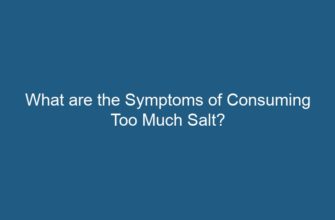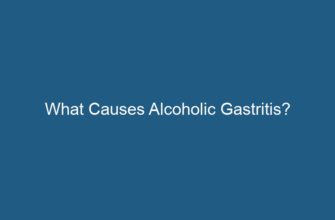Having pale or light-colored stool is not uncommon in children and can be caused by various factors. While it is usually not a cause for immediate concern, it is important for parents to understand the potential reasons behind this change in stool color. In this article, we will explore the possible causes of pale stool in children, including both benign and more serious conditions.
- 1. Lack of Bilirubin
- 1.1 Newborn Jaundice
- 1.2 Liver Dysfunction
- 2. Biliary Obstruction
- 2.1 Gallstones
- 2.2 Biliary Atresia
- 3. Medications and Supplements
- 3.1 Antacids
- 3.2 Iron Supplements
- 4. Infection and Digestive Disorders
- 4.1 Gastroenteritis
- 4.2 Celiac Disease
- 5. Other Possible Causes
- 5.1 Malabsorption Disorders
- 5.2 Food Intolerances
- Conclusion
1. Lack of Bilirubin
Bilirubin is a pigment produced by the liver as it breaks down old red blood cells. It gives stool its characteristic brown color. When the liver is not producing enough bilirubin, the stool can appear pale or clay-colored.
1.1 Newborn Jaundice
Newborn jaundice is a common condition characterized by yellowing of the skin and eyes, caused by high levels of bilirubin in the blood. In some cases, newborns may have pale stools due to reduced bilirubin production. This condition usually resolves on its own within a few weeks.
1.2 Liver Dysfunction
Problems with the liver, such as hepatitis or liver disease, can affect the production and release of bilirubin, leading to pale stool. These conditions require medical attention and treatment.
2. Biliary Obstruction
The biliary system consists of the gallbladder, bile ducts, and liver. When there is a blockage or obstruction in the bile ducts, it can prevent the normal flow of bile into the intestines, resulting in pale stool.
2.1 Gallstones
Gallstones are small, hard deposits that can form in the gallbladder. If a gallstone blocks the bile duct, it can cause pale stools along with other symptoms such as abdominal pain and nausea. Surgery may be required to remove the gallstones.
2.2 Biliary Atresia
Biliary atresia is a rare condition in infants where the bile ducts are either absent or blocked. This can lead to pale stools, jaundice, and other signs of liver dysfunction. Prompt medical intervention, such as surgery, is necessary to treat this condition.
3. Medications and Supplements
Certain medications and supplements can also cause pale stool in children. These substances can interfere with the normal production and release of bile, impacting the color of the stool.
3.1 Antacids
Antacids, which are commonly used to treat acid reflux and heartburn, can lead to pale stools as they can interfere with the digestion and absorption of fats. If your child is taking antacids, it is important to consult with a healthcare professional.
3.2 Iron Supplements
Iron supplements are often prescribed to children with iron deficiency anemia. However, high doses of iron can cause changes in stool color, including paleness. Adjusting the dosage or switching to a different form of iron supplement may help alleviate this symptom.
4. Infection and Digestive Disorders
Some infections and digestive disorders can affect the bile production and absorption, resulting in pale stool in children.
4.1 Gastroenteritis
Gastroenteritis, commonly known as stomach flu, is an infection of the digestive tract that can cause diarrhea and pale stools. It is usually caused by viruses or bacteria and resolves on its own with proper hydration and rest.
4.2 Celiac Disease
Celiac disease is an autoimmune disorder where the immune system reacts to gluten, a protein found in wheat and other grains. Pale stools can be one of the symptoms of this condition, along with diarrhea, weight loss, and abdominal pain. A gluten-free diet is necessary to manage celiac disease.
5. Other Possible Causes
In some cases, pale stool in children may not be directly related to liver or digestive system issues. Other potential causes include:
5.1 Malabsorption Disorders
Conditions such as cystic fibrosis or pancreatic insufficiency can interfere with the absorption of nutrients, including fats. This can lead to pale stools and other digestive symptoms.
5.2 Food Intolerances
Intolerance or sensitivity to certain foods, such as lactose or gluten, can cause digestive disturbances and pale stools in children. Identifying and avoiding trigger foods can help manage this condition.
Conclusion
Pale stool in children can have various causes, ranging from benign conditions to more serious underlying issues. While it is often not a cause for immediate alarm, it is essential for parents to be aware of the potential reasons behind this change in stool color. If you notice persistent pale stools or any other concerning symptoms in your child, it is important to consult with a healthcare professional for proper evaluation and diagnosis.










